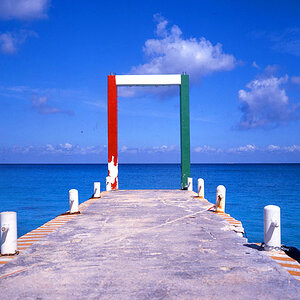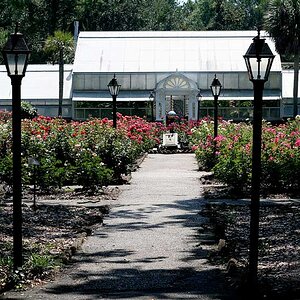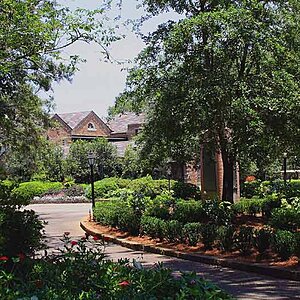Dany
No longer a newbie, moving up!
- Joined
- Dec 13, 2011
- Messages
- 301
- Reaction score
- 603
- Location
- Paris
- Can others edit my Photos
- Photos NOT OK to edit
Hello
I have a particular soft spot for stereoscopic cameras. These devices are usually sold at quite high prices. However, during last years, I was lucky enough to find some at more than reasonable prices.
I'd like to show you some of them that joined my collection over the last few years. I propose to do this in stages, adding a couple of cameras to this post from time to time (if I see that the subject is of some interest to you).
I propose to go from the oldest to the recent ones
I'm going to start with the series of stereoscopic cameras from a French manufacturer called Jules Richard.
These devices were called ‘Glyphoscopes’. They were created around 1905.
Glyphoscopes were simple, well-built and, above all, ingenious devices.
In fact, the front part containing the shutter and part of the optics could be detached from the rear part with a simple click, and the rear part could then be used as a stereo viewer.
The format of the photosensitive plates used was 45 x 107 mm.
The commercial life of the glyphoscopes have been quite long and multiple variations have been proposed
I have only 4 versions of these that I'd like you to discover:
Glyphoscope type 1:
The rear part of the body of the Glyphoscope type 1 is made of a moulded material called ‘ivoirine’ (some sort of bakelite). The model and manufacturer’s names are visible on the rear part


Glyphoscope type 2:
It is similar to the type 1 but inscriptions have a different form



Glyphoscope type 3:
The rear part of the body is made of wood and covered with imitation leather
I found a black one and a scarce dark green one.


If you are interested to see the rest of my collection please let me know and I will add new items in this post.
I have a particular soft spot for stereoscopic cameras. These devices are usually sold at quite high prices. However, during last years, I was lucky enough to find some at more than reasonable prices.
I'd like to show you some of them that joined my collection over the last few years. I propose to do this in stages, adding a couple of cameras to this post from time to time (if I see that the subject is of some interest to you).
I propose to go from the oldest to the recent ones
I'm going to start with the series of stereoscopic cameras from a French manufacturer called Jules Richard.
These devices were called ‘Glyphoscopes’. They were created around 1905.
Glyphoscopes were simple, well-built and, above all, ingenious devices.
In fact, the front part containing the shutter and part of the optics could be detached from the rear part with a simple click, and the rear part could then be used as a stereo viewer.
The format of the photosensitive plates used was 45 x 107 mm.
The commercial life of the glyphoscopes have been quite long and multiple variations have been proposed
I have only 4 versions of these that I'd like you to discover:
Glyphoscope type 1:
The rear part of the body of the Glyphoscope type 1 is made of a moulded material called ‘ivoirine’ (some sort of bakelite). The model and manufacturer’s names are visible on the rear part
Glyphoscope type 2:
It is similar to the type 1 but inscriptions have a different form
Glyphoscope type 3:
The rear part of the body is made of wood and covered with imitation leather
I found a black one and a scarce dark green one.
If you are interested to see the rest of my collection please let me know and I will add new items in this post.
Last edited:

![[No title]](/data/xfmg/thumbnail/40/40305-2fbdc00adce4fac5e62dccb3f6f9c633.jpg?1619739413)








![[No title]](/data/xfmg/thumbnail/36/36677-3b91df53323d0850489794f28b3b9800.jpg?1619737677)

